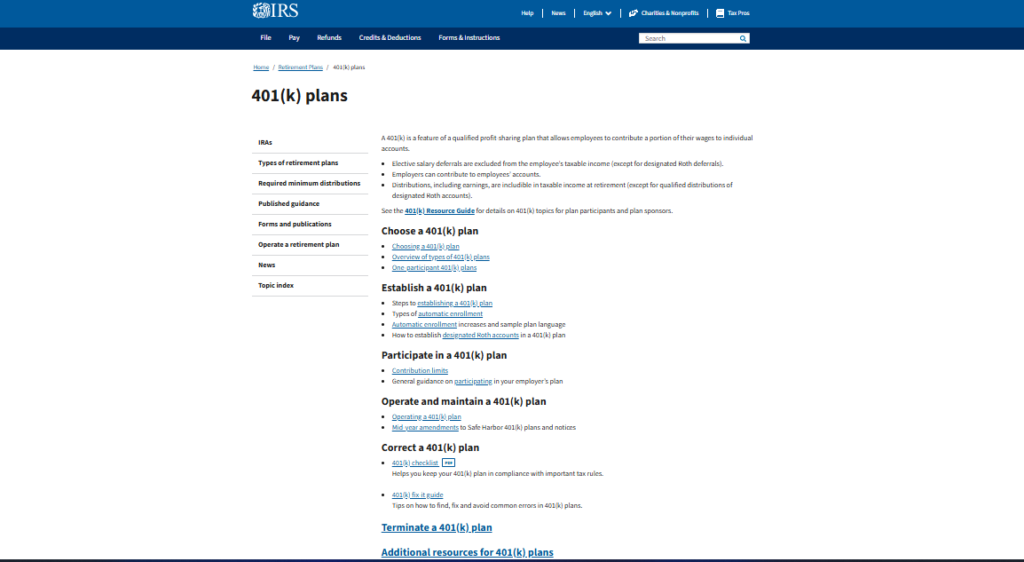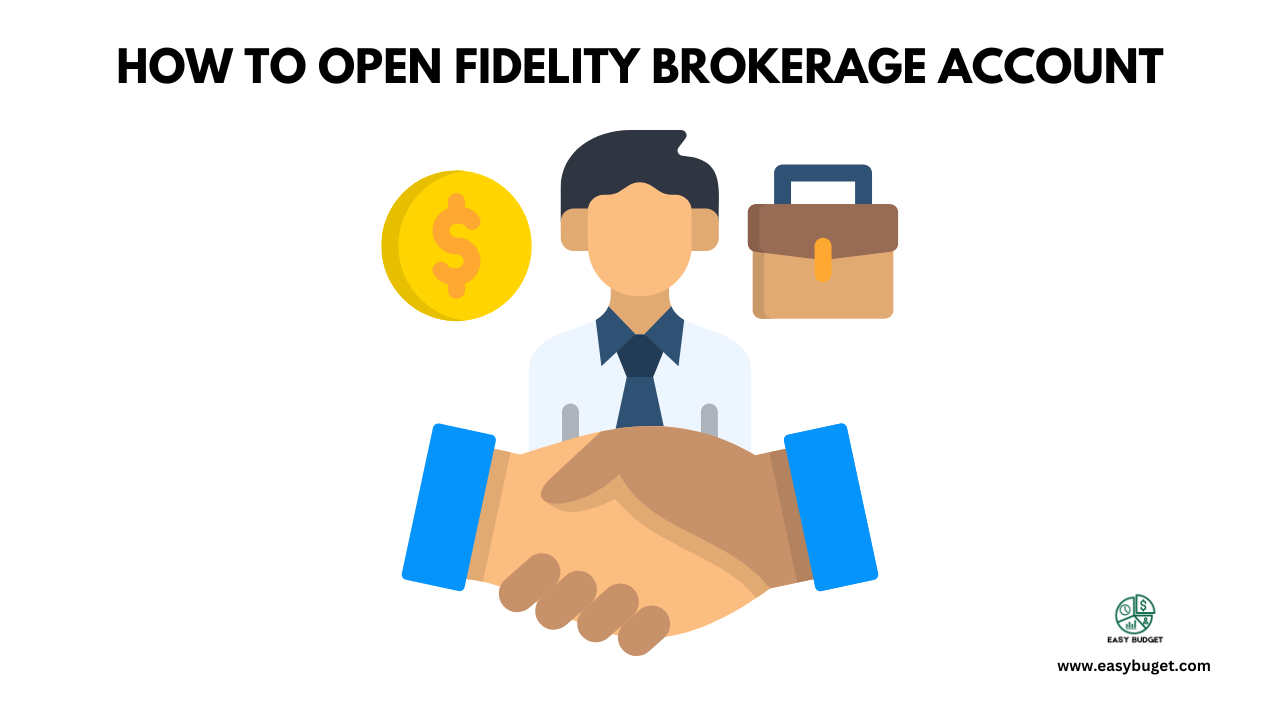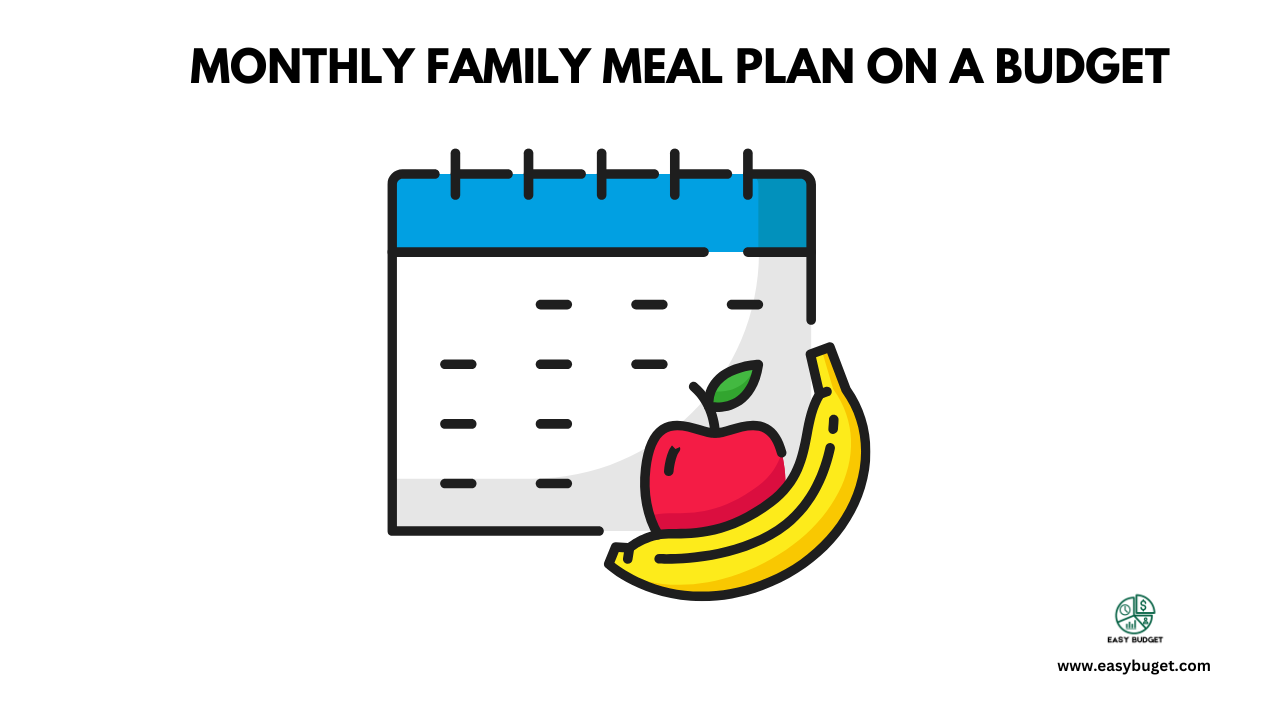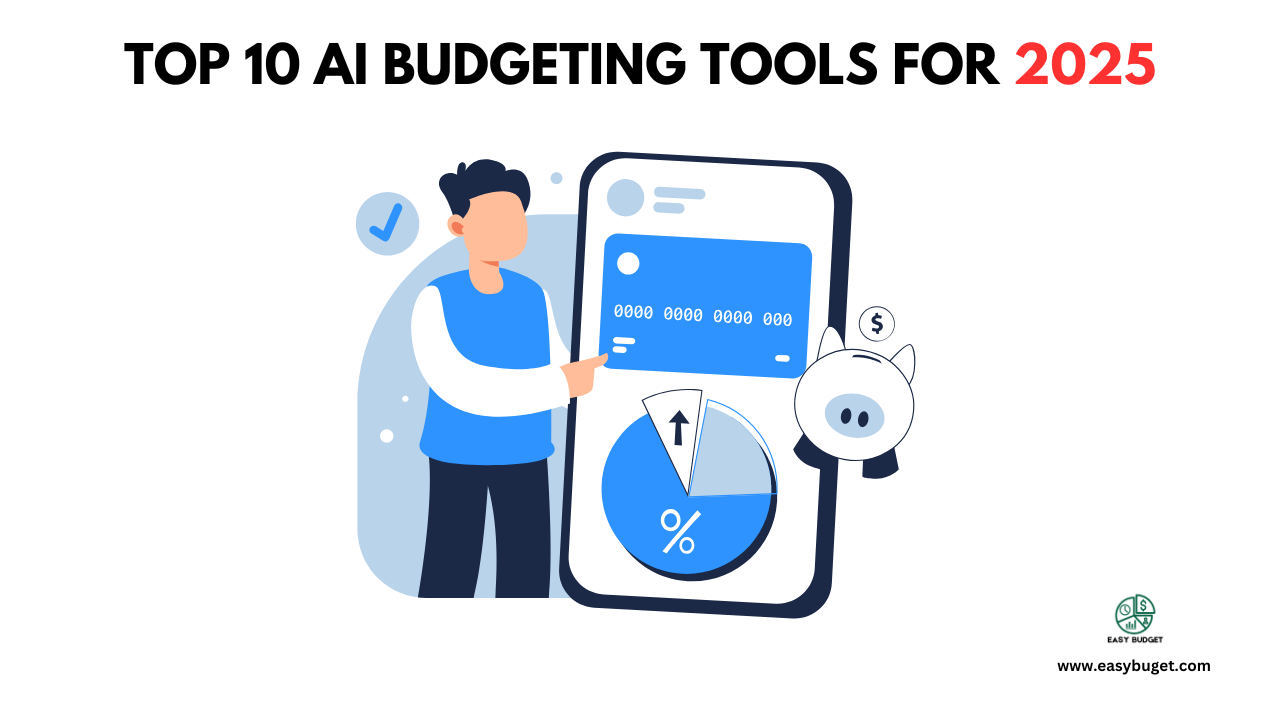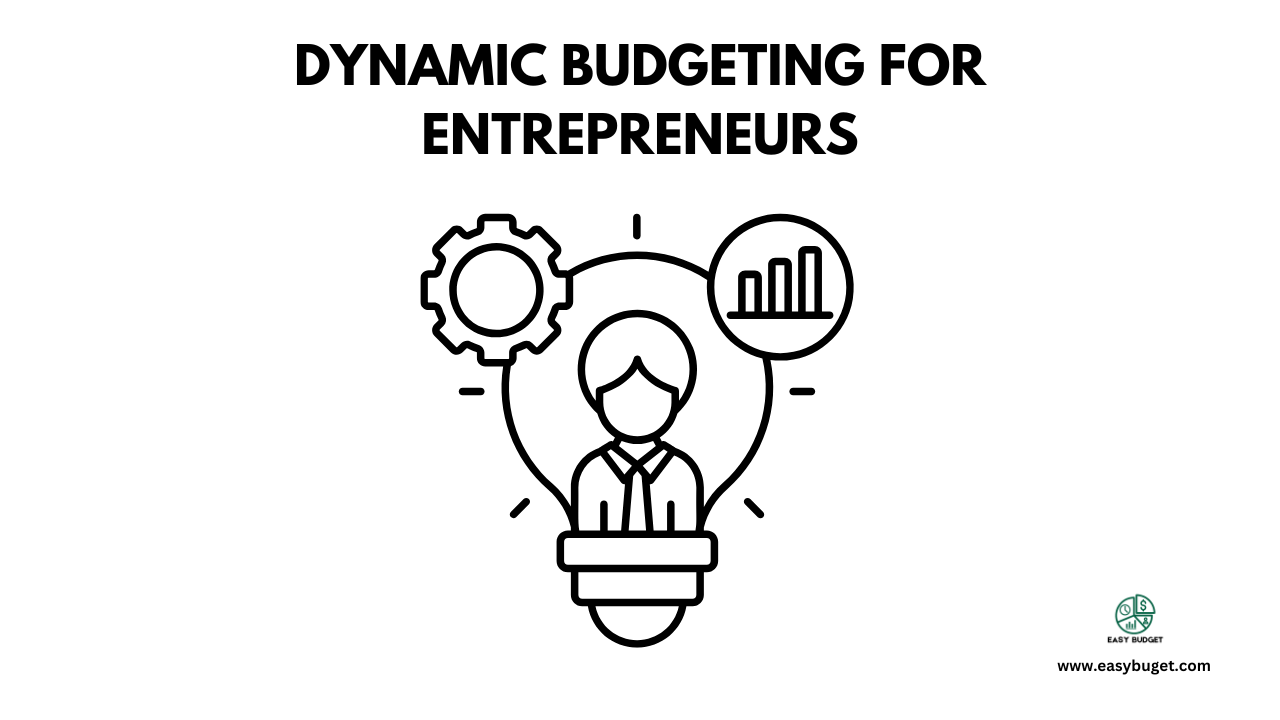When federal loans fall short of covering your college expenses, private student loans can step in to bridge the gap. With rising tuition costs and financial demands, choosing the right private student loan is crucial for your financial well-being during and after college. In this guide, we’ll break down everything you need to know about private student loans and compare the best lenders for 2025.
What are private student loans?
Private student loans are education loans offered by banks, credit unions or online lenders. Unlike federal loans, which are funded by the government, private loans are credit-based and often require a co-signer. These loans can cover tuition, room and board, textbooks and other education-related expenses.
Private student loans can be a great option when federal loans and scholarships don’t fully cover your costs. However, it’s essential to understand the terms, interest rates and repayment options to make an informed decision.
Key features to look for in a private student loan
Choosing the best private student loan requires evaluating several factors:
- Interest rates: Private loans offer fixed or variable rates. Fixed rates stay the same throughout the loan term, while variable rates can fluctuate based on market conditions.
- Repayment terms: Check the length of repayment and whether the lender offers flexible terms like income-based repayment.
- Loan limits: Some lenders allow you to borrow up to the total cost of attendance, while others have annual or lifetime caps.
- Co signer requirements: Most students need a co-signer to qualify. Look for lenders that offer co-signer release options after consistent on-time payments.
- Fees: Watch out for origination fees, late payment fees, or prepayment penalties.
- Customer support: Reliable customer service can make managing your loan less stressful.
By focusing on these features, you can find a private student loan that meets your needs and budget.
Top private student loans for 2025
To help you make an informed decision, we’ve compiled a list of the best private student loan lenders for 2025. Each lender offers unique benefits, competitive rates and flexible repayment options.
1. Sallie Mae
Sallie Mae is a well-known private lender specializing in student loans, helping students and their families cover the cost of higher education. Founded in 1972, Sallie Mae offers a variety of loan options for undergraduate, graduate, and professional degrees, as well as loans for career training and K-12 education. Beyond loans, they provide resources like financial literacy tools and scholarship search platforms to support students in managing their education expenses. While they’re often praised for their flexible repayment plans and competitive rates, it’s important to carefully review the terms and conditions to ensure it’s the right fit for your financial goals.
- Interest rates: Fixed: 4.50% – 12.99%, Variable: 3.25% – 11.25%
- Loan Terms: 5 to 15 years
- Key Features: No origination fees, multi-year approval for returning students, and deferment options.
- Best For: Undergraduate and graduate students.
- Signup link: Click here.

2. Discover student loans
Discover student loans is a trusted option for students seeking private loans to fund their education, offering competitive interest rates and no fees—ever. Whether you’re an undergraduate, graduate or pursuing an MBA or health professions degree, Discover provides tailored loan options to meet your needs. They even offer cash rewards for good grades and flexible repayment options, including the ability to defer payments while in school. With a strong reputation for customer service and transparent terms, Discover student loans makes financing education a little easier to manage.
- Interest rates: Fixed: 4.74% – 12.99%, Variable: 3.62% – 11.87%
- Loan terms: 10 or 20 years
- Key features: No fees, 1% cash reward for good grades, and flexible in-school repayment options.
- Best for: Students looking for rewards and no hidden fees.
- Signup link: Click here.

3. SoFi
SoFi, short for Social Finance, is a top choice for private student loans and refinancing, known for its competitive rates, flexible repayment options and member perks. Designed to support undergraduates, graduates and parents, SoFi offers loans with no fees and the option to pause payments through unemployment protection if needed. Beyond loans, SoFi provides career coaching, financial planning tools and even exclusive member discounts, making it more than just a lender—it’s a partner in helping you achieve your financial and educational goals.
- Interest rates: Fixed: 4.49% – 12.79%, Variable: 3.49% – 11.59%
- Loan terms: 5 to 20 years
- Key features: No fees, career coaching, and unemployment protection.
- Best for: Students with strong credit or a creditworthy co-signer.
- Signup link: Click here.

4. College Ave
College Ave is a student loan provider that makes borrowing for school simple and stress-free. They offer flexible loan options for undergraduates, graduates and parents, with customizable repayment terms to fit your budget. Known for their easy online application and fast decision process, College Ave lets you focus on what matters—your education. Plus, they have no application or early repayment fees and provide tools like a prequalification check to see your rates without affecting your credit score. It’s a modern, student-focused solution for financing college.
- Interest rates: Fixed: 4.29% – 13.49%, Variable: 3.24% – 12.99%
- Loan terms: 5 to 15 years
- Key features: Customizable repayment plans and a quick online application process.
- Best for: Students who want flexibility in repayment.
- Signup link: Click here.

5. Citizens Bank
Citizens Bank is a well-established financial institution offering a wide range of banking services, including personal checking and savings accounts, home loans, credit cards and investment options. With a strong presence in the Northeast and a commitment to customer satisfaction, Citizens Bank focuses on making banking easy and accessible, whether you’re managing your daily finances, planning for the future or seeking financial advice. Known for its user-friendly digital platforms and helpful customer support, Citizens Bank strives to help individuals and businesses achieve their financial goals with confidence.
- Interest rates: Fixed: 4.43% – 12.59%, Variable: 3.45% – 11.59%
- Loan terms: 5, 10, or 15 years
- Key features: Multi-year approval and discounts for Citizens Bank customers.
- Best for: Students who are current bank customers.
- Signup link: Click here.

Pros and cons of private student loans
Private student loans come with both benefits and drawbacks. Here’s a quick overview:
Pros:
- Higher borrowing limits than federal loans.
- Competitive interest rates for creditworthy borrowers.
- Customizable repayment terms to fit your budget.
Cons:
- No federal protections like income-driven repayment or loan forgiveness.
- Requires good credit or a co-signer.
- Variable rates can increase over time.
Understanding these pros and cons can help you decide whether private student loans are right for you.
How to choose the best private student loan
Finding the best private student loan for 2025 requires careful comparison. Here are some tips:
- Compare APRs: Lower APRs can save you thousands over the life of the loan.
- Evaluate Repayment Options: Look for flexibility, such as deferred payments while in school.
- Use a Loan Calculator: Estimate monthly payments and total loan costs to avoid surprises.
- Check Co-Signer Release Options: If you’re using a co-signer, ensure they can be released after a certain number of on-time payments.
- Read Reviews: Research customer experiences with each lender.
Comparison Table: At-a-Glance
| Lender | Interest Rates (Fixed/Variable) | Loan Terms | Co-Signer Release | Unique Features |
|---|---|---|---|---|
| Sallie Mae | 4.50% – 12.99% / 3.25% – 11.25% | 5 to 15 years | Yes | Multi-year approval, deferment |
| Discover | 4.74% – 12.99% / 3.62% – 11.87% | 10 or 20 years | Yes | Cash rewards for good grades |
| SoFi | 4.49% – 12.79% / 3.49% – 11.59% | 5 to 20 years | Yes | Career coaching, unemployment protection |
| College Ave | 4.29% – 13.49% / 3.24% – 12.99% | 5 to 15 years | Yes | Customizable repayment plans |
| Citizens Bank | 4.43% – 12.59% / 3.45% – 11.59% | 5, 10, 15 years | Yes | Discounts for bank customers |
FAQs about private student loans
1. Are private student loans better than federal loans?
Federal loans are usually the better first option due to lower interest rates and benefits like loan forgiveness. Private loans are best for filling gaps in funding.
2. What credit score is needed for a private student loan?
Most lenders require a credit score of 670 or higher, but having a co-signer can help you qualify with lower credit.
3. Can I refinance private student loans?
Yes, many lenders allow refinancing to secure lower rates or better terms after graduation.
Conclusion
Private student loans can be a lifesaver when federal aid doesn’t fully cover your education costs. By carefully comparing lenders, interest rates and repayment options, you can find the best private student loan for 2025 to suit your financial needs. Ready to get started? Use the comparison table above to make an informed decision and take one step closer to funding your education.



